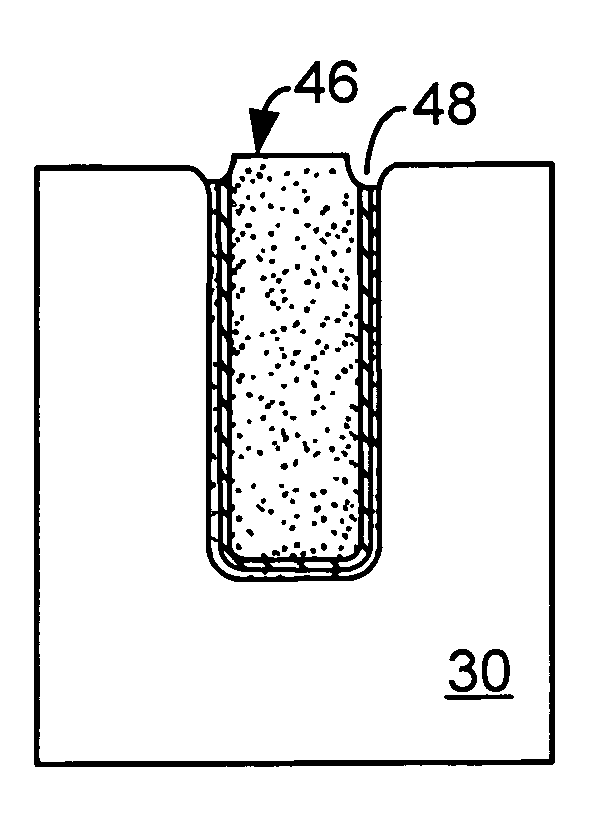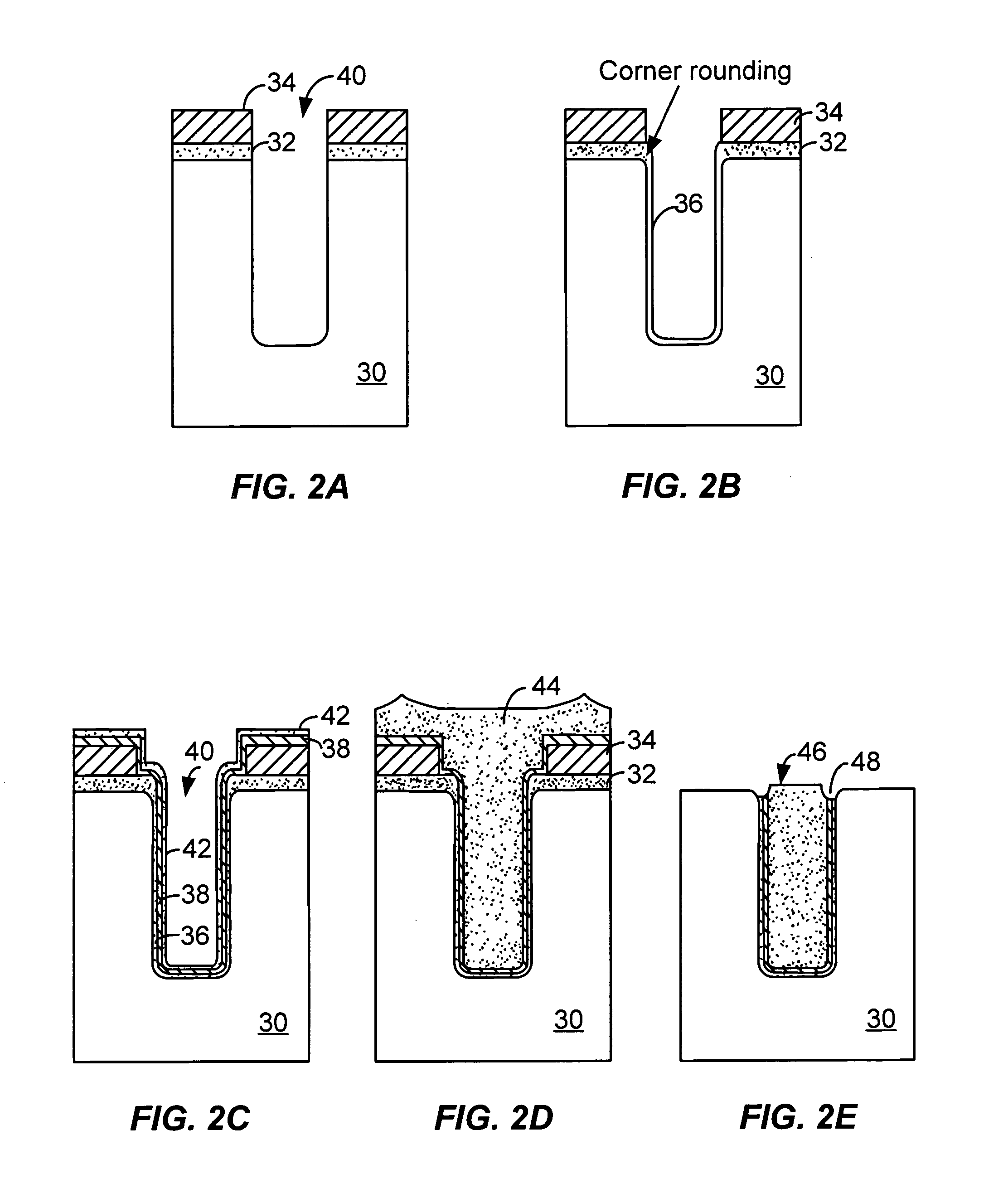Use of germanium dioxide and/or alloys of GeO2 with silicon dioxide for semiconductor dielectric applications
a technology of germanium dioxide and/or alloys, applied in the direction of semiconductor/solid-state device manufacturing, basic electric elements, electric apparatus, etc., can solve the problems of difficult to completely fill the gap of semiconductor manufacturers, adversely affecting device operation, and difficult to fill high-aspect-ratio gaps, etc., to achieve the effect of increasing the bias power
- Summary
- Abstract
- Description
- Claims
- Application Information
AI Technical Summary
Benefits of technology
Problems solved by technology
Method used
Image
Examples
Embodiment Construction
[0021] Embodiments of the invention fill trenches and / or gaps between adjacent raised features of integrated circuits by depositing an insulating material that contains silicon, germanium and oxygen into the trenches and / or gaps. The ratio of silicon to germanium in the film may vary depending on the film's application as discussed in detail below. Embodiments of the invention can be used to fill STI trenches, gaps formed between adjacent vertical transistors and other gaps or trenches formed between raised structures formed on a substrate when the substrate can be heated to a temperature close to or above the reflow temperature of the deposited film. Embodiments of the invention permit the dielectric material to be deposited with substantially 100% gapfill for integrated circuits having minimum feature sizes of 0.10 μm or less that include very aggressive gapfill structures having aspect ratios greater than 6:1.
[0022] As used herein, references to an HDP-CVD process are intended t...
PUM
| Property | Measurement | Unit |
|---|---|---|
| pressure | aaaaa | aaaaa |
| feature sizes | aaaaa | aaaaa |
| pressure | aaaaa | aaaaa |
Abstract
Description
Claims
Application Information
 Login to View More
Login to View More - R&D
- Intellectual Property
- Life Sciences
- Materials
- Tech Scout
- Unparalleled Data Quality
- Higher Quality Content
- 60% Fewer Hallucinations
Browse by: Latest US Patents, China's latest patents, Technical Efficacy Thesaurus, Application Domain, Technology Topic, Popular Technical Reports.
© 2025 PatSnap. All rights reserved.Legal|Privacy policy|Modern Slavery Act Transparency Statement|Sitemap|About US| Contact US: help@patsnap.com



